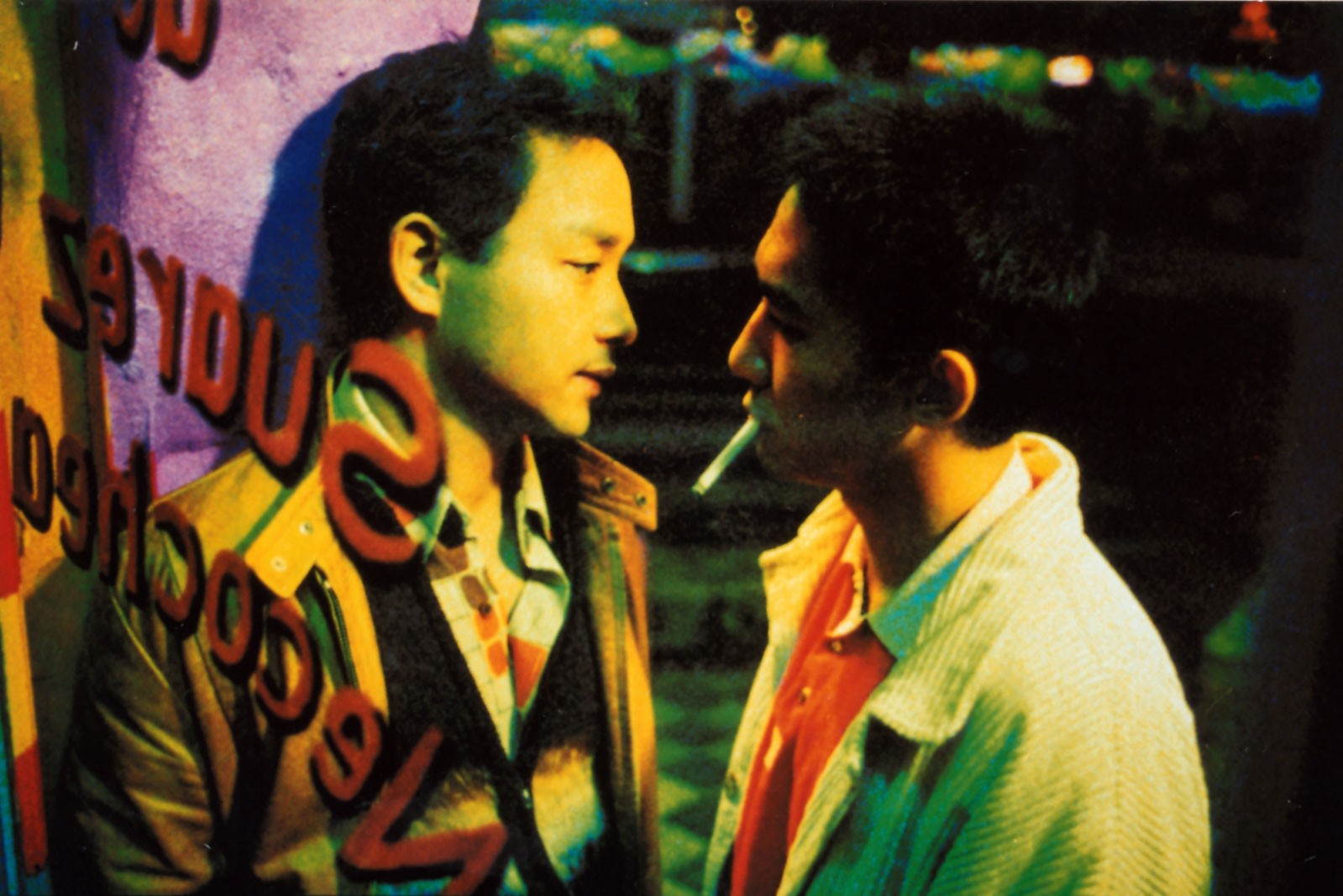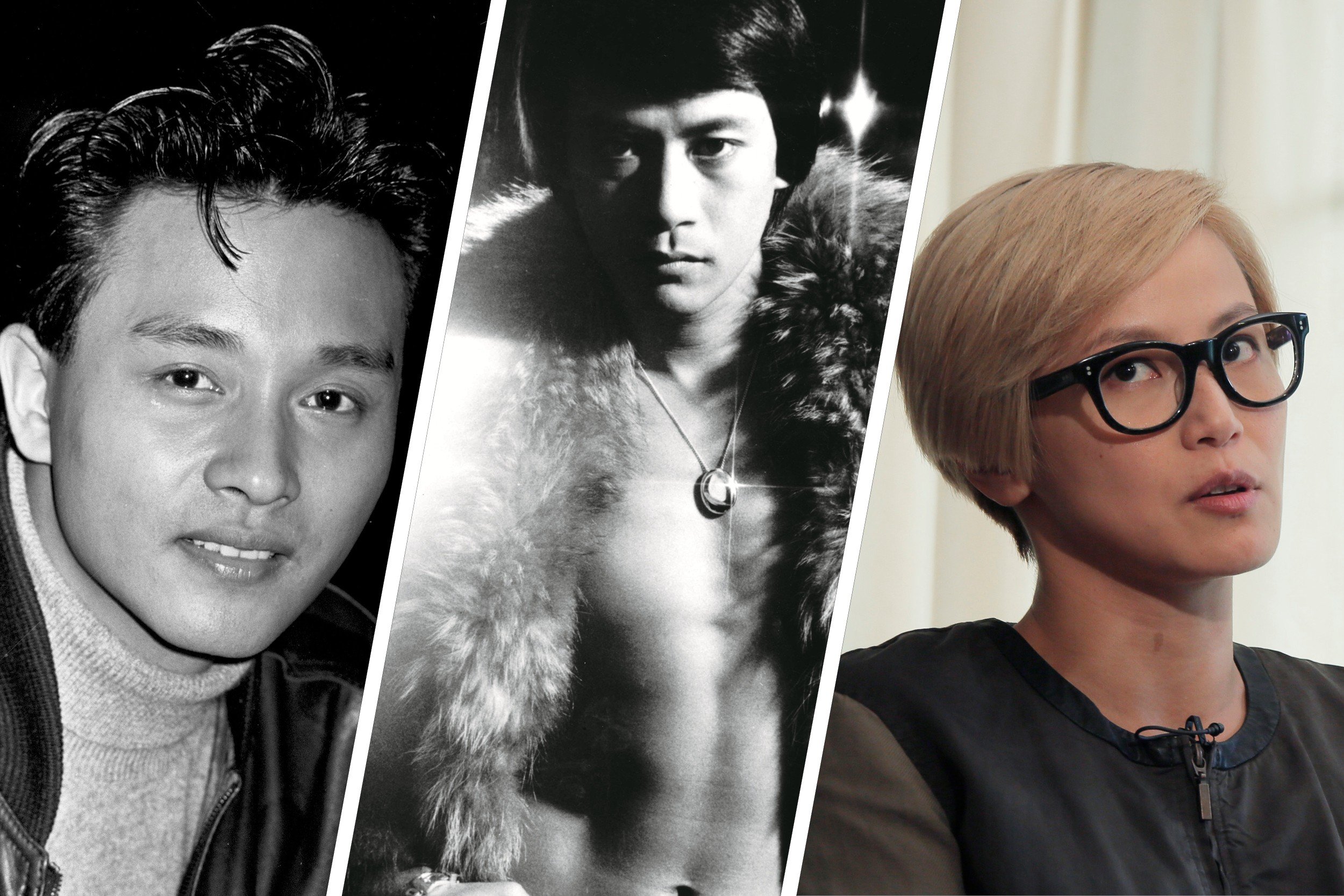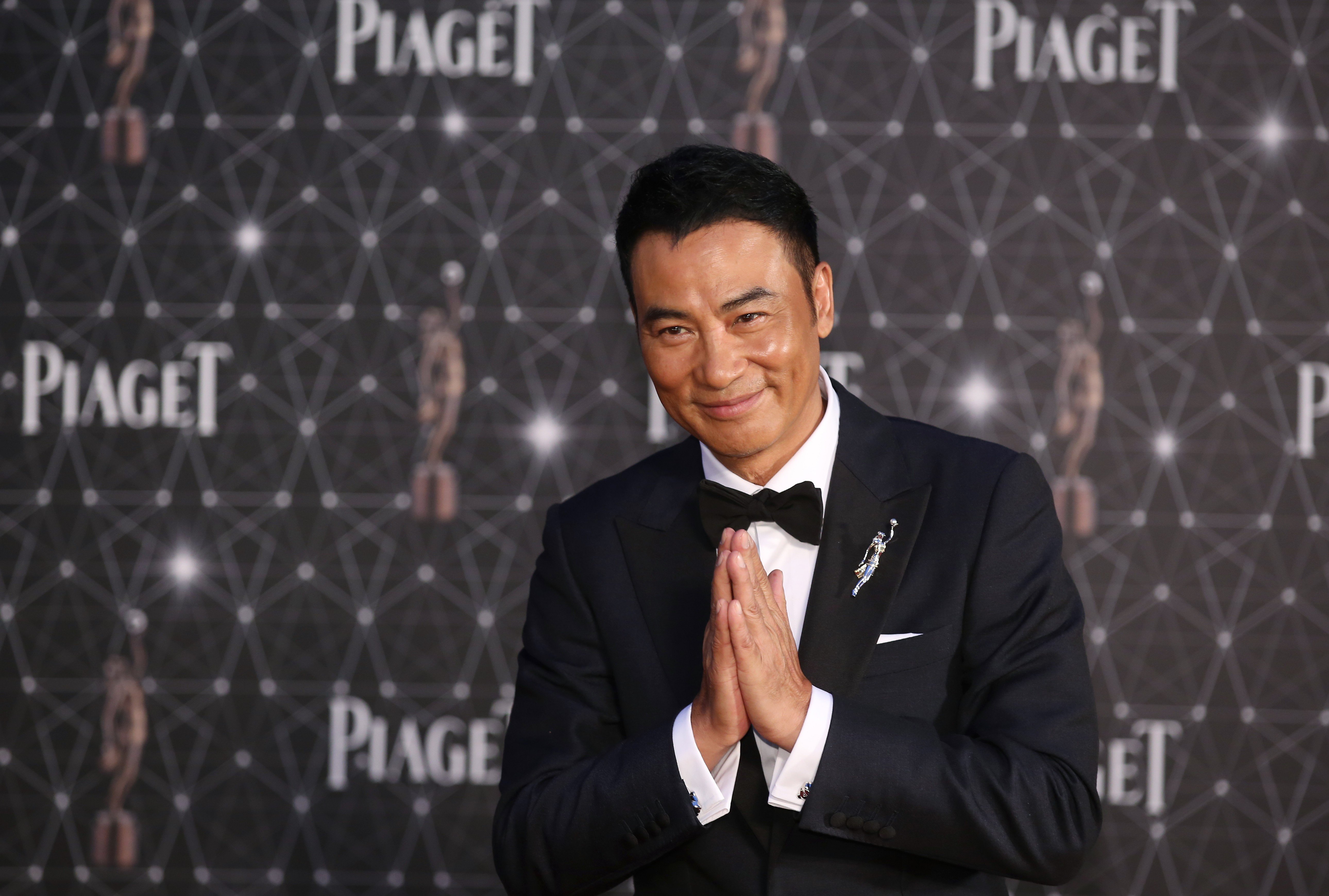How did the Hong Kong film industry get so big – and why did it fall into decline?
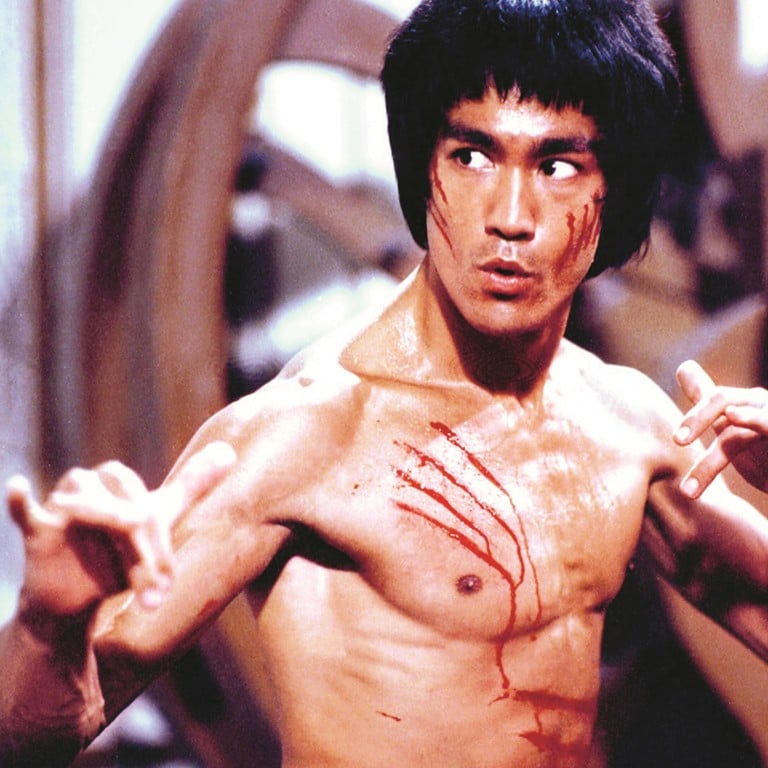
The Hong Kong film industry once produced stars like Bruce Lee, Chow Yun-fat and Wong Kar-wai: how did it get so big, and why did it fall?
Of the many national cinemas Hong Kong’s was once one of the most distinctive. Although it owes a large debt to its mainland heritage, Hong Kong cinema helped popularise entire genres of film such as kung fu and wuxia on top of creating specifically local genres like mo lei tau comedies and heroic bloodshed action films. During its heyday from the mid-80s to the mid-90s Hong Kong films dominated the box office in East Asia and enjoyed a cult reputation in the West.
Despite the city’s size, it exported more films than every other country in the world except the United States. Local stars Jackie Chan and John Woo became bona fide Hollywood celebrities and the likes of Chow Yun-fat and Jet Li also had the chance to shine Stateside. According to film historian David Bordwell, at its peak Hong Kong produced “arguably the world’s most energetic, imaginative popular cinema”.
How did Hong Kong cinema manage to reach those dizzying heights and why has it declined into near irrelevance in more recent years?
The first film of fiction made in Hong Kong is generally accepted to be Chuang Tsi Tests His Wife, made in 1913. Although by 1939 local studios were making more than 100 films per year, in both Cantonese and Mandarin, the then British colony was second to Shanghai in cinematic importance.
That changed after the Chinese Communist Revolution in 1949, which mired the Chinese industry in bureaucracy and saw many filmmakers flee south.
Hong Kong was ideally positioned after the communist victory to take advantage of the situation. The city had an established studio system and as a British colony it could access Western film stock and equipment. The government believed in the rule of law and exercised a light touch when it came to regulation of the film industry – until 1988 there were not even any levels of film classification in the territory.
Local filmmakers took advantage of all of this and prospered. With Chinese communities spread throughout Thailand, Malaysia, Singapore and Indonesia – not to mention Taiwan – Hong Kong movies had eager audiences across Asia. In the 60s, studios mimicked the popular Japanese jidaigeki samurai films, producing their own Chinese equivalent such as the hugely popular Come Drink With Me (1966) and The One-Armed Swordsman (1967).
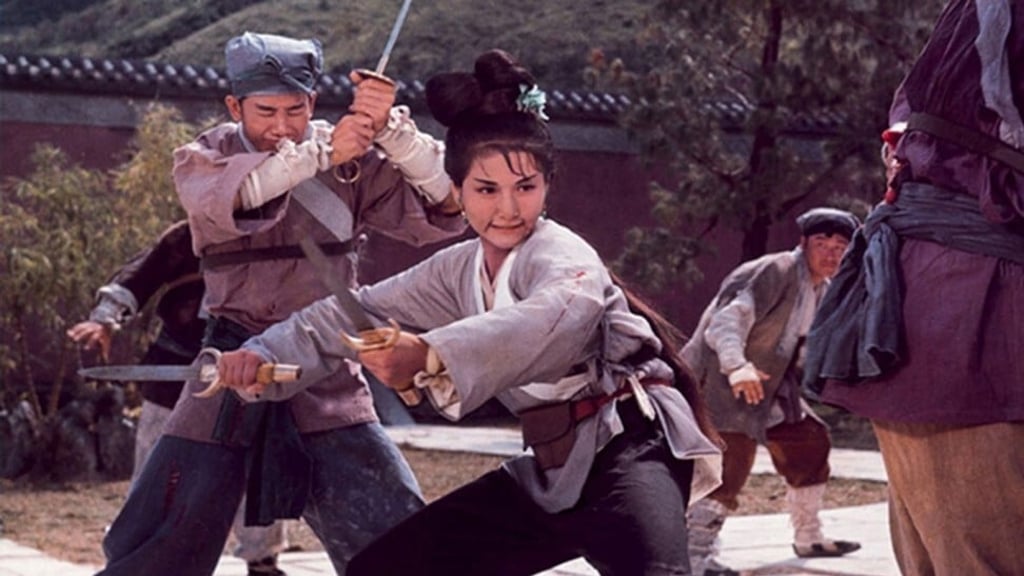
Then came Bruce Lee. An international icon to this day, Lee’s break out role was in The Big Boss (1971), which set box office records across Asia. Lee’s follow-up, Fists of Fury (1972), broke those same records and his final film, Enter the Dragon (1973), released posthumously, made him an international star even after his untimely death.






